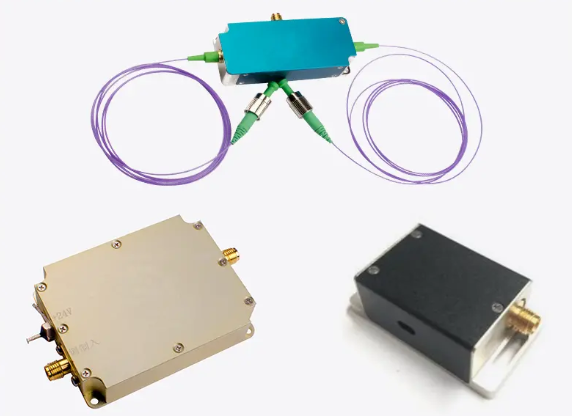What Are Optical Passive Devices?

Optical passive devices are essential components in optical communication systems. They are designed to manipulate, distribute, or combine light signals without requiring an external power source. These devices play a crucial role in transmitting and receiving information over optical fibers, enabling the high-speed data transfer that is essential for modern communication networks.
Key characteristics of optical passive devices:
· No external power: Unlike active devices, which require power to operate, passive devices rely solely on the energy carried by the light signal.
· Information preservation: Passive devices do not modify the information content of the light signal. They simply manipulate its properties, such as intensity, polarization, or wavelength.
· Loss: Passive devices inevitably introduce some loss, meaning a portion of the light signal is absorbed or scattered as it passes through the device. This loss is typically measured in decibels (dB).
· Wavelength-dependent: The performance of some passive devices, such as optical filters, can vary depending on the wavelength of the light.
- Art
- Causes
- Crafts
- Dance
- Drinks
- Film
- Fitness
- Food
- Jogos
- Gardening
- Health
- Início
- Literature
- Music
- Networking
- Outro
- Party
- Religion
- Shopping
- Sports
- Theater
- Wellness


